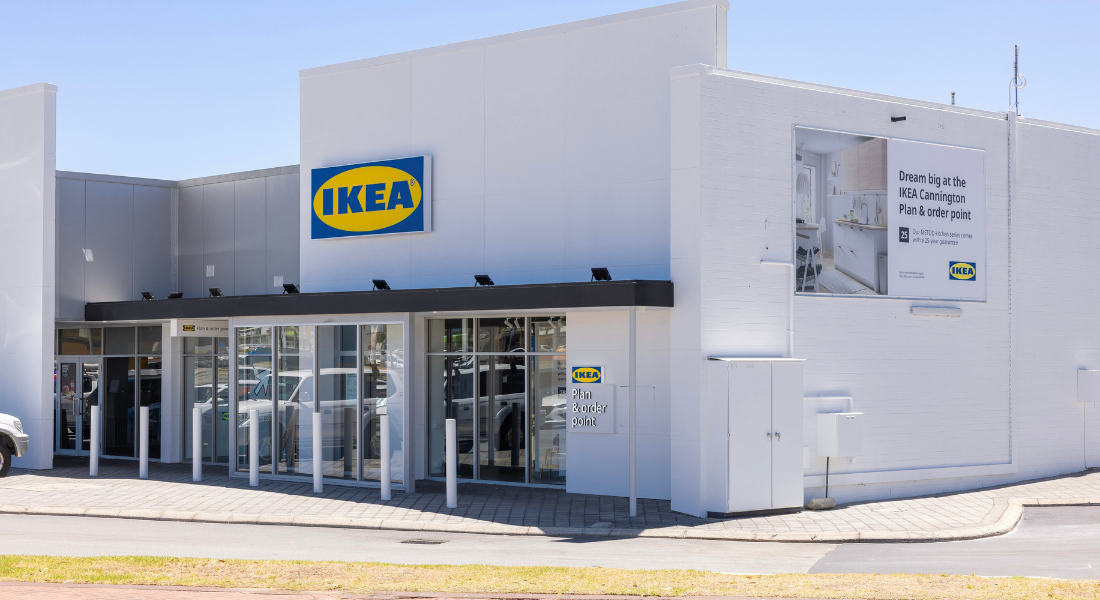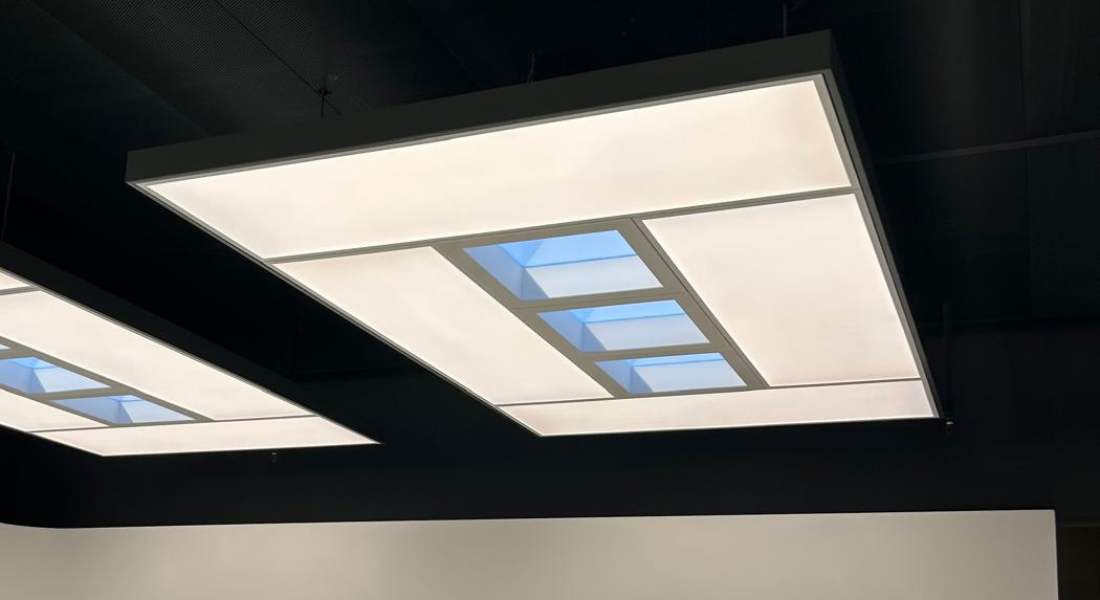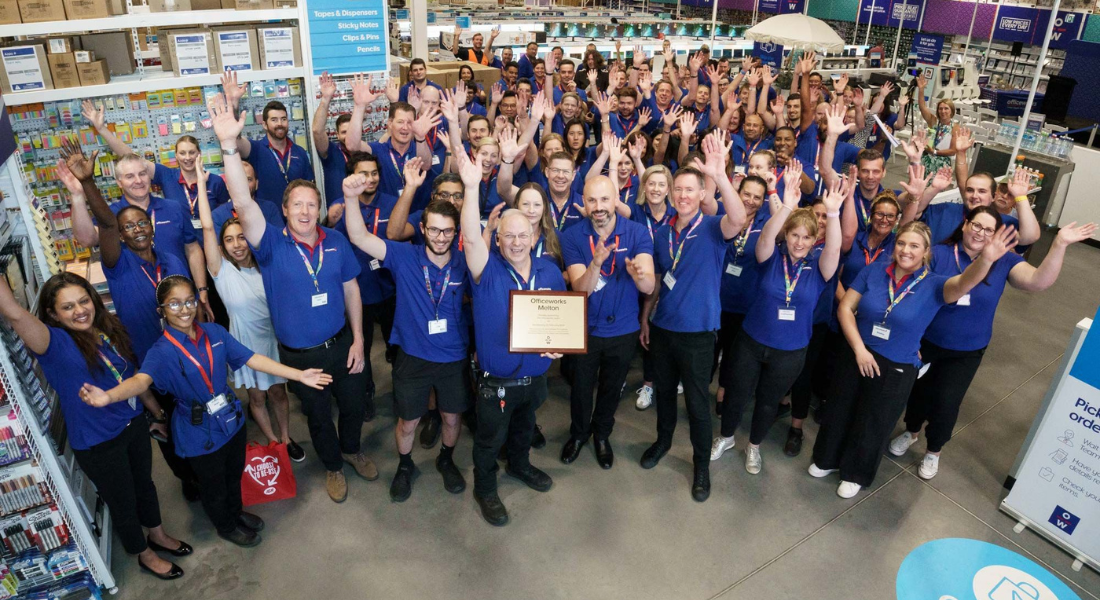Customers want more than just a store – the importance of service and experience
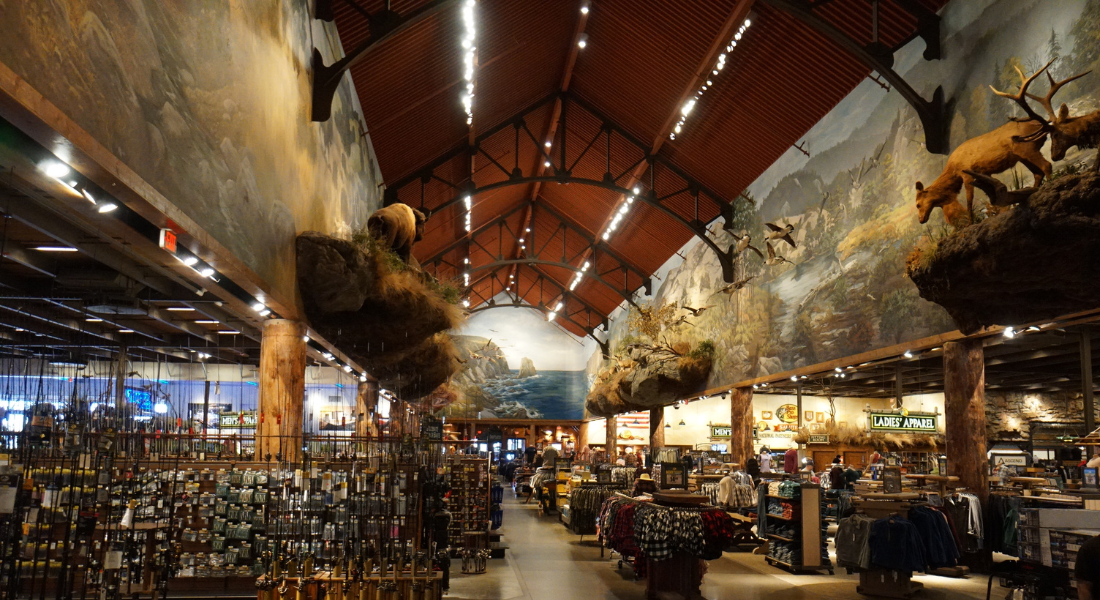
Retail brands around the world recognise that stores need to do more, particularly considering the increasing competitive environment of modern retail.
A group of LFRA Members toured across San Francisco, San Jose, and Los Angeles to learn and experience how iconic American retailers transform the idea of retail beyond products and sales.
The two stand out brands who effectively demonstrated their creative and innovative approach towards service and experience were Bass Pro and Amazon.
Bass Pro San Jose
Bass Pro is a privately-owned outdoor retail leader in fishing, hunting, camping, and much more.
LFRA Overseas Study Tour members were given an exclusive tour of the Bass Pro store in San Jose before the store opened for trading.
The San Jose store is one of the best performing stores in their 173-store network.
Bass Pro’s parent company is the Great American Outdoors Group, which includes other brands such as Cabela’s and the White River Marine Group.
Cabela’s is an American retailer that specialises in hunting, fishing, boating, camping, shooting and other outdoor recreation merchandise and was acquired by the Great American Outdoors Group in 2017 for about $4.5 billion.
White River Marine Group is the world’s largest builder of fishing and recreational boats by volume.
During this tour with Bass Pro management, it was emphasised that Bass Pro is a people’s business, and focusses on looking after the people they work with (employees) and the people they work for (customers).
Connecting with the brand
Johnny Morris founded Bass Pro Shops in 1972 as an avid young angler selling lures and fishing equipment in the back of one of his father’s Brown Derby liquor stores in Springfield, Missouri.
And 50 years later, its headquarters is still based in Springfield, known as the “Queen City of the Ozarks” or the “Birthplace of Route 66”.
Mr Morris’ homage to his family and humble beginnings is displayed in family photos at the entrance and throughout the store, even in the restrooms.
The use of personal photographs in the store created a sense of comfort and belonging, as if the customers are welcomed to his home as if they are members of his family too.
Although many Australians may not have heard of Bass Pro before visiting the United States, what was evident was the strong local brand recognition in its customer base.
Customers want Bass Pro branded apparel, with many caps and shirts spotted across our time in the States.
Reasons for this demand could be linked to the connection and pride people feel towards this American success story, and Bass Pro’s values as an organisation.
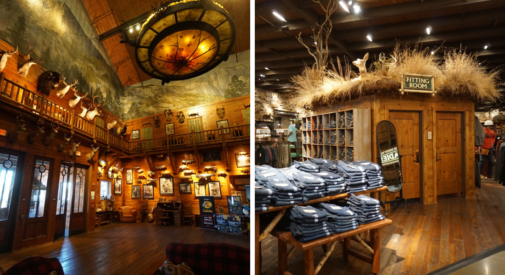
Using architecture and design to create an unforgettable experience
From the moment customers step out from their car, they are instantly greeted by a store that could be a tourist destination in and of itself.
In fact, Johnny Morris has earned the reputation as “the Walt Disney of the Outdoors”.
The Bass Pro store in San Jose has an iconic exterior and interior which aims to replicate the look and feel of a warm cabin in the Ozarks.
The cabin-like store is a place where customers can momentarily leave their woes at the front door and enter “the outdoors”.
The store design is inspirational and helps promote the Bass Pro mission to inspire everyone to enjoy, love and conserve the great outdoors.
The Bass Pro San Jose store features taxidermy animals along the edge of the store’s high ceiling and a 53,000-litre fish tank near the back of the store.
Bass Pro San Jose celebrates everything that is local.
Hand painted murals of Californian landscapes and rivers by Denny Burkhart are splashed across the walls of the store, which elevate that calming feeling of being in the outdoors.
Bass Pro as a company aims to connect new audiences to the great outdoors and educate them on conserving wildlife and habitat, and the presentation of their store is one way they can achieve that mission.
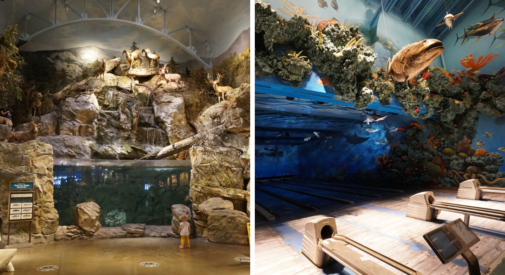
Ensuring there is something for the whole family
The Bass Pro San Jose store visited by LFRA members on their recent Overseas Study Tour catered to the needs and curiosity of everyone.
Although it is inevitable that people are becoming more exposed and reliant on technology and screens, Bass Pro is at the forefront of encouraging American children to explore the outdoors.
In-store experiences include animal footprints on its store floor to excite and educate children.
Staff also regularly organise children’s scavenger hunt and families can feed fish in the tank at dedicated feeding times.
There is also a bowling alley and restaurant in the San Jose store where families can walk-in or hire for special occasions.
Bass Pro San Jose also hosts fly fishing demonstrations at the large pond at the front of the shop where people can float and learn how to fish.
Fly fishing is seen as a legacy department by Bass Pro management and want to keep that tradition and spirit alive for future generations to enjoy.
For people who are not particularly active and just want to wander in store, there is an indoor gift shop that sells camping snacks, games, and other novelties.
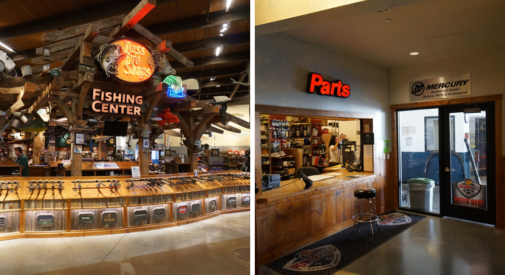
Delivering an end-to-end service for boating needs
Bass Pro’s parent company the Great American Outdoors Group owns White River Marine Group, the world’s largest builder of fishing and recreational boats by volume, and partners with Mercury for its motors.
The San Jose store offers a seamless end-to-end customer experience if shoppers want to buy a boat.
Bass Pro sells, finances, services, and repairs boats.
Partners include Mercury for boat parts and warranty, and Toyota Finance for off-road goods.
Amazon Fresh, Amazon Style, Amazon Go
Amazon is one of the most recognisable brands in the world and is looking to increase their brick-and-mortar network across the United States.
Store brands include Amazon Fresh, which is a supermarket format, Amazon Style, a fashion retailer, and Amazon Go, a small-format convenience store chain.
Amazon has evolved from an online store with brick-and-mortar distribution centres to selling their products directly to customers.
LFRA members were able to see and experience how Amazon blended the online with the offline to offer an enhanced customer experience for the modern shopper.
Creating a seamless experience
The Amazon stores provide customers a seamless experience, particularly those with an Amazon app or account.
However, customers who do not have a registered account, like those on the study tour, do not miss out on this seamless shopping experience.
The ease of shopping is assisted by self-help technology throughout the store and the help of customer service staff.
The Amazon stores also offer payment via Amazon One, which is a contactless identity service based on biometrics.
To set up Amazon One, customers will need to insert or upload their credit card details which is then linked to their Amazon account or mobile number if they do not have an account.
Customers then scan their palm print which is used as a secure biometric identifier to authorise transactions.
A key benefit of the Amazon One payment system is that if customers forget their wallet and phone and want to pay for their goods, they can simply hover their hand over the Amazon One machine.
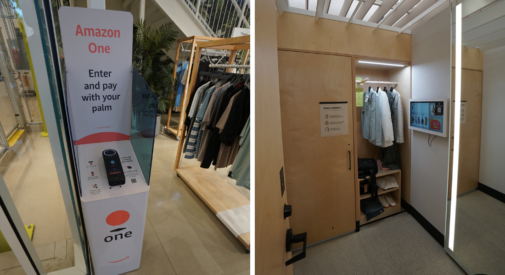
Combining online and offline shopping
As a multinational technology company, Amazon excels at blending the convenience and browsing capabilities of online, and the customer experience and knowledge of offline.
The Amazon app is an example of machine learning where it offers users a real-time personalised shopping experience by learning about the person’s preferences, and their browsing and spending habits.
Amazon Style is an example of this new way of shopping.
Shoppers can browse through thousands of brands and products at the comfort of their home before requesting the items to be sent to a fitting room at an Amazon Store.
This allows customers to try on clothes before committing to a purchase.
When customers are in store, they can use the tablets available to browse or locate items which can be sent to the fitting room or to the counter if they want to buy the product straight away.
Customers can also scan an item’s QR code to see sizes, colours, customer ratings, and additional product details.
This use of technology improves a customer’s in-store experience by eliminating the inconvenience of carrying around items of clothing and baskets.
It also minimises the need for employees to tidy up and replenish shelves and racks of clothing.
At Amazon Fresh there were Ask Alexa machines throughout the store where customers could ask for help locating items within the store and its price.
Alexa is also able to answer questions such as “what are the latest deals?” and “what cheese pairs with a Cabernet?”
The Amazon Fresh trolleys also use smart technology.
The trolleys allow customers to scan and pay for their purchases as they shop to avoid waiting in queues.
The main feature is a sensor in the rim of the trolley that uses AI-powered cameras and barcode scanners to identify what customers put in or take out of the trolley.
There is also a touchscreen which displays a live receipt. The screen also allows customers to monitor how much they have already spent, and the trolleys include a built-in scale to weigh loose items.
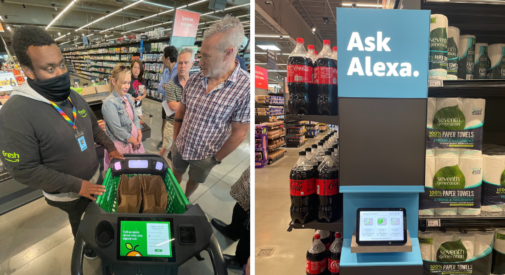
Overall, there was a common theme throughout the Overseas Study Tour where retailers are continuously compelled to innovate new and creative ways to engage new and existing customers.
Bass Pro and Amazon both demonstrated that customers want more than just a store. And retailers need to be more than just a store.


